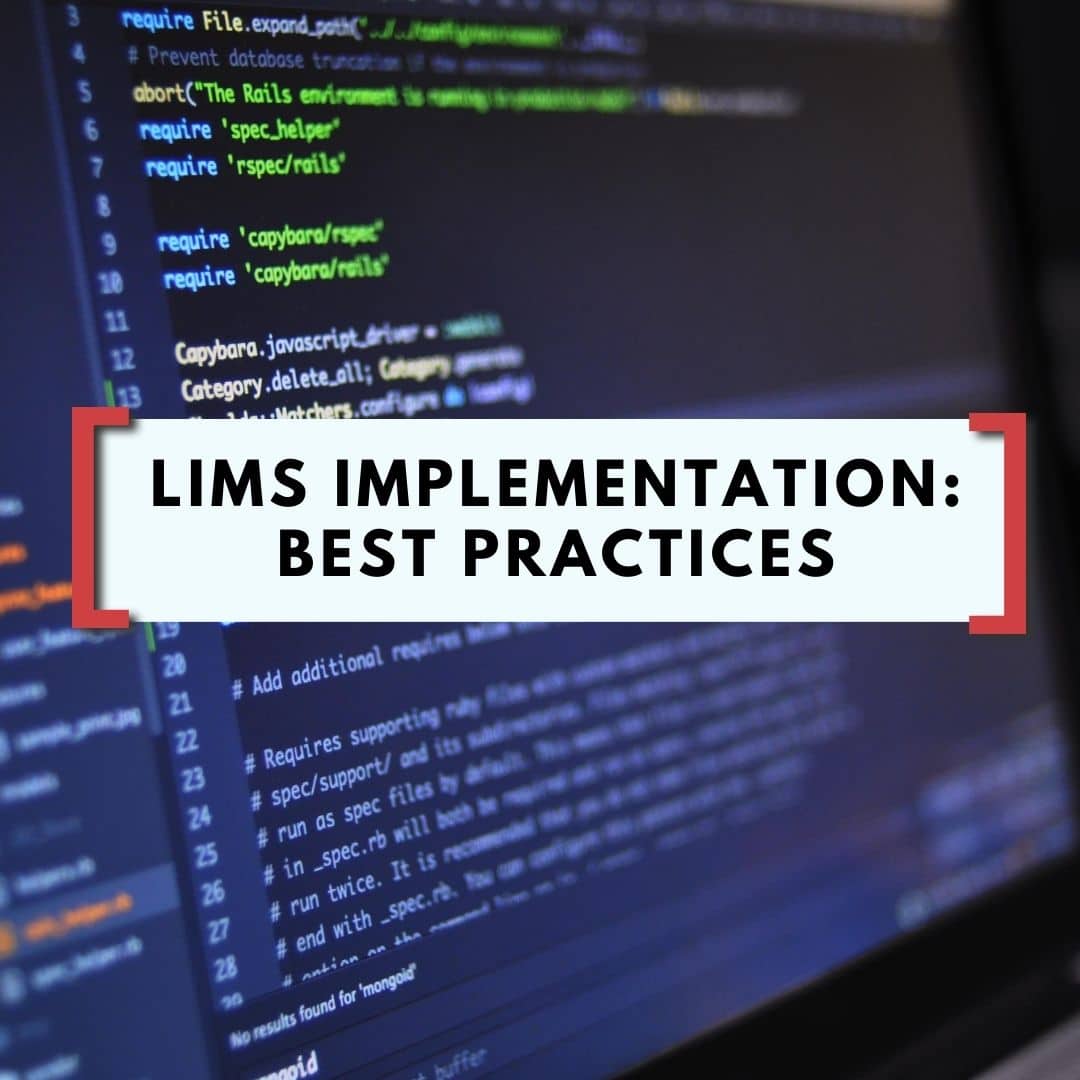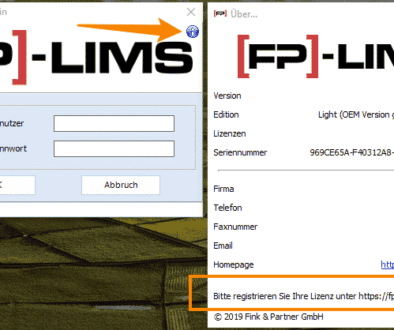
Best practices for the LIMS implementation into your quality management
The implementation of a LIMS into the quality management can be a major challenge. To ensure that it runs smoothly and achieves the desired result, there are some best practices that companies should follow. We have compiled the most important ones for you in this article.
Step 1: Analysis of business requirements and processes prior to implementation
Before implementing LIMS software, the company’s goals, requirements and processes should be analyzed in detail. Which functions and features are needed to meet the specific requirements of quality management? Which interfaces need to be integrated with other systems such as ERP or MES systems? A thorough analysis will help select the right LIMS software for the company and ensure that it is smoothly integrated into the operational process. During this analysis, it is also essential to interview leading employees from all areas of the company who would have contact with the software solution in order to take their requirements and wishes into account and incorporate them into the selection process.
Step 2: Selection of suitable LIMS software and provider
There are a variety of LIMS software vendors on the market. To ensure that the right software is selected, companies must conduct a thorough evaluation of the available options. Some important factors to consider when selecting the appropriate LIMS software are functionality, scalability, ease of use and integration with other systems. LIMS software experiences from other companies can also help make an informed decision. As mentioned earlier, the requirements and wishes of all departments and especially IT should also be included in this process, so that it is not only after implementation that it becomes apparent that it may not offer support for certain areas.


Step 3: Planning and execution of the LIMS implementation
Once the LIMS software has been selected, careful planning and execution of the implementation is crucial. This should include staff from all relevant departments to ensure that the software can be integrated into all relevant processes. During implementation, it is also important to ensure that the LIMS is properly configured and tested to guarantee that it runs smoothly.
Step 4: Train employees and monitor system performance
Once the LIMS software has been implemented, employees must be trained to ensure that they can use the system effectively. Regular monitoring of system performance is also important to verify that the system is working correctly so that any problems can be quickly resolved. Should problems arise after implementation or in the subsequent use of the software, it is important to have access to a reliable technical support.
We also offer training for our [FP]-LIMS. Interested? Contact us: [email protected].

Conclusion: Success factors for the implementation of a LIMS in your quality management
A LIMS implementation can be challenging, but with careful planning and execution, companies can ensure that the software is effectively integrated into their quality management processes. It is important to analyze company requirements and processes, select the appropriate LIMS software, and train employees effectively.
If you would like more information about LIMS, or would like to find out about your options free of charge and without obligation, then arrange a software demo appointment and we will be happy to advise you.


